Today we will talk about some specific tools, so learn what are the instruments to repair walls and floors with humidity, stay with us and we will inform you about it.
There have always been many jobs in which an infinite number of tools or instruments are required to complete all those tasks that are dictated to workers or that ordinary people like you or me want to do on their own.
We will tell you about some tools or instruments required to repair walls and floors due to humidity or leaks. So, the first thing you should know is that there are different types of dampness.
Moisture is responsible for having to make repairs in your home, and remember that it can appear almost anywhere in your house at the moment you least expect it and where you least expect it.
There can be different types of moisture, such as leaks, as well as peeling paint, loose plaster and stains.
Also mold, among some other types of moisture that often invade us without our consent and without warning, so it is best to take appropriate precautions to avoid worse evils.
What are the tools or instruments used to repair walls and floors due to humidity?
Now that you know a little more about all the types of leaks or humidity that unfortunately you can find some or sometimes in your home, we ask ourselves: Do you know what are the tools or instruments used for the repair of walls and floors due to humidity?
Let’s take a look at some of the tools that are generally used in this type of work, more commonly known as masonry or plumbing:
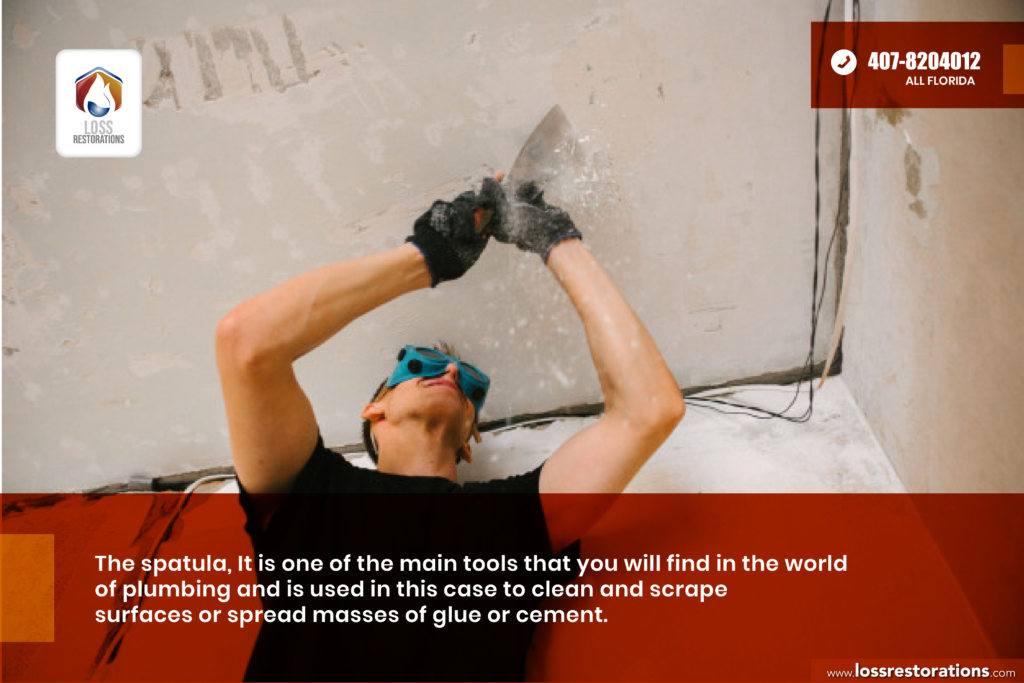
Spatula
The spatula is a masonry tool, one of the main tools that you can find when making repairs due to humidity, this instrument is incorporated into a metal sheet that has a triangular shape and a handle so you can hold it without any problem.
It is one of the main tools that you will find in the world of plumbing and is used in this case to clean and scrape surfaces or spread masses of glue or cement.
Dehumidifier
A dehumidifier, as its name indicates, works to eliminate the ambient humidity in such a way that it filters the air in the room that suffers from humidity problems and deposits the water that condenses in the environment of the room in the tank that has this instrument.
There are different types of dehumidifiers that, depending on the situation, will fulfill their specific function.
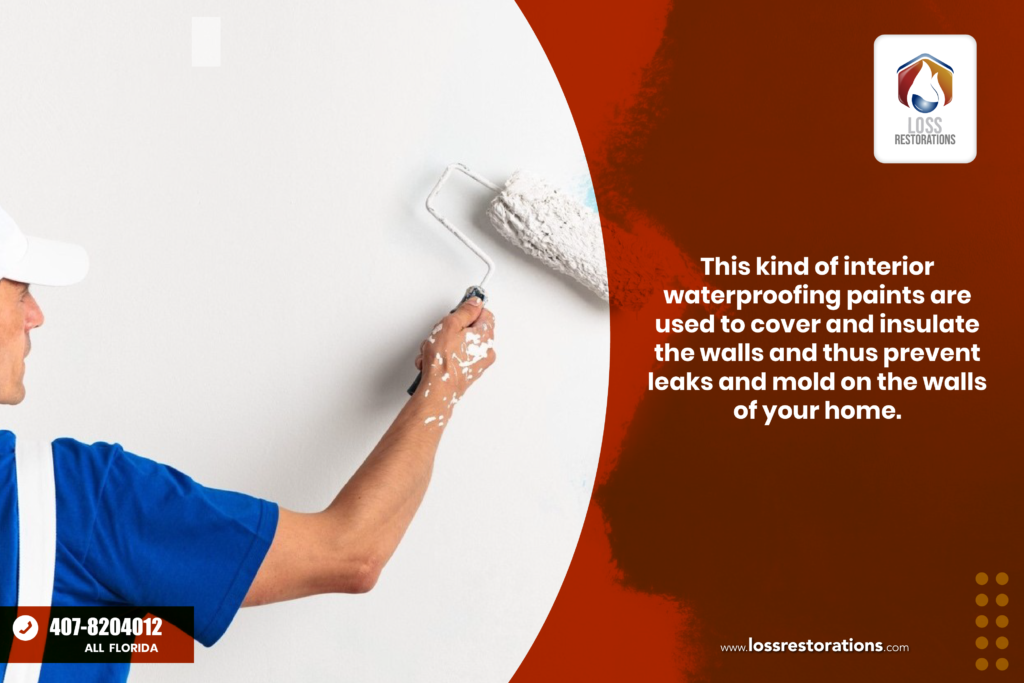
Waterproofing Paints
This kind of interior waterproofing paints are used to cover and insulate the walls and thus prevent leaks and mold on the walls of your home.
They are also ideal to eliminate bad odors, you can find different types of these, so you can choose between anti-humidity paints, anti-mold paints and anti-stain paints.
The three clearly have different functions depending on the type of problem in your home.
Polyurethane
Another instrument or tool we have for you is polyurethane, also known as silicone sealant. It is a polymer obtained from hydroxyl bases that are combined with diisocyanates.
For example we have the yellow sponges that have a green abrasive side on top. There are two types of polyurethanes, thermoplastics and thermosets, which have different structures and functions depending on their use.
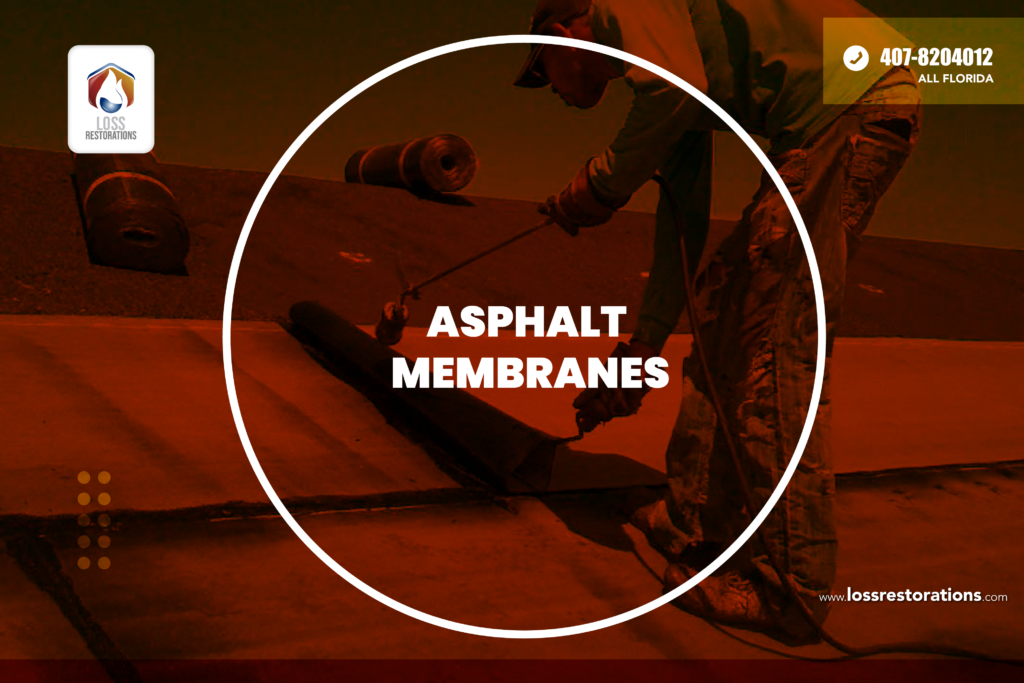
Liquid Membranes
These liquid membranes are as its name clearly indicates, a type of membrane, which is quite stretchable and flexible so that it can adapt to almost any type of surface. This is very useful to cover places where there are leaks or leaks and that water does not pass, for its feature is easy to apply and adapt.
Asphalt Membranes
Asphalt membranes are the second class of membranes that function as a waterproofing layer and are widely used, both in construction and for filtrations in places such as: terraces, balconies, rooms, roofs and all kinds of places where it is necessary to apply them.
How to recognize if a leak is internal or external?
You probably realize that the apartment, house or place where you live suffers some kind of leaks or leaks. Many times, the vast majority of people who suffer from this type of problem do not know how to recognize whether a leak is internal or external.
For this reason we will give you a few tips so you can recognize if the problem you have in your home is internal or external, and thus be able to act accordingly.
Place a small piece of aluminum foil of regular size, with adhesive paper on the place where the problem is for a few hours, or better for a full day and then remove it.
If you notice that the leak is on the opposite side of the adhesive, this is a sign that the leak is on the inside of the place where you are. But if it is the opposite, that is, if the water is between the aluminum and the place of the presented problem, then this is a sign that the leak is located on the outside.
We also have at hand other tools that work perfectly for the detection of other leaks that are not easily visible.
Geophone
It is a tool with which you can perceive the vibrations that water generates when leaving a pipe, no matter what material the pipe is made of, and it is one of the most effective ways to recognize an internal water leak.
Hydrogen and Nitrogen Mixtures
Hydrogen and nitrogen mixtures are very useful and easy to prepare, but should always be carried out by professionals. This procedure is based on mixing the two components so that the reaction of these, produce the necessary pressure and the compound is able to come out through the filtration and is very easy to detect.
When the leak has already been detected, the best thing to do immediately is to contact Loss Restorations online so that they can come and make a fair evaluation of what you should repair in the affected area.

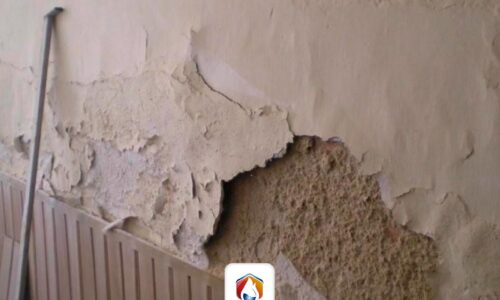
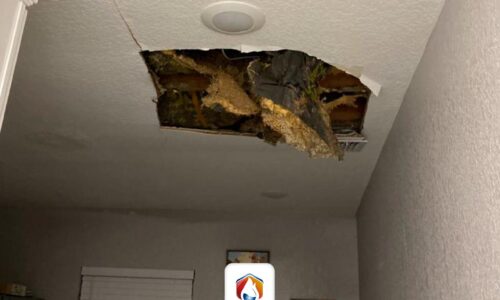
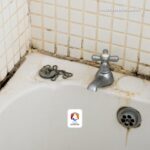
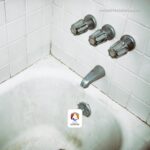
¿Dónde aparece humedad en una vivienda? - Blog
[…] En los cristales de espejos, ventanas, podemos encontrar focos de vapores y emanación de malos olores producto de exceso de humedad en el ambiente. Originado por algún punto húmedo en alguna pared o techo, es decir que también la humedad está presente en paredes o techos. […]